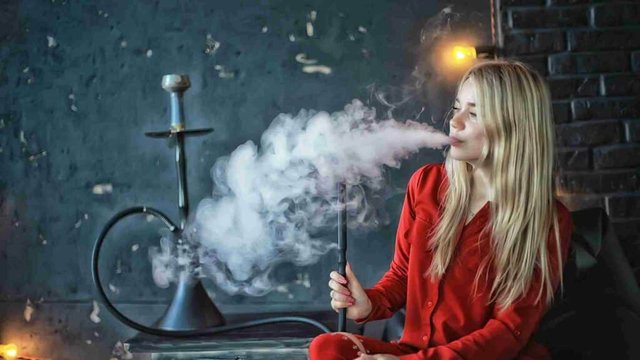Hookah
Hookah smoking, also known as shisha or waterpipe smoking, involves inhaling flavored tobacco smoke through a water-filled pipe. It is a popular social activity in many cultures, particularly in the Middle East, North Africa, and South Asia, and has also gained global popularity in recent years.
How It Works:
- Tobacco Preparation: Flavored tobacco (shisha) is placed in a bowl, covered with foil, and heated using charcoal.
- Water Filtration: As the smoker inhales, the smoke passes through water at the base of the hookah, which cools it before reaching the mouthpiece.
- Inhalation: The smoker inhales the cooled smoke through a long hose.
Health Risks:
Despite the misconception that hookah is less harmful than cigarettes, it poses significant health risks:
Toxic Substances: Hookah smoke contains tar, carbon monoxide, heavy metals, and carcinogens.
Increased Exposure: A typical hookah session lasts longer than smoking a cigarette, potentially exposing users to more smoke.
Secondhand Smoke: Hookah sessions produce secondhand smoke that affects others nearby.
Infectious Diseases: Sharing a mouthpiece increases the risk of spreading infections like colds, flu, or even herpes.
Social and Cultural Aspects:
Hookah is often used as a way to socialize in cafés or at gatherings.
The flavors, such as mint, apple, or mixed fruit, are a major draw for users.
In some cultures, it holds ceremonial or traditional significance.
While hookah smoking may seem like a leisurely activity, it is important to understand its risks and use it cautiously or explore healthier alternatives.


